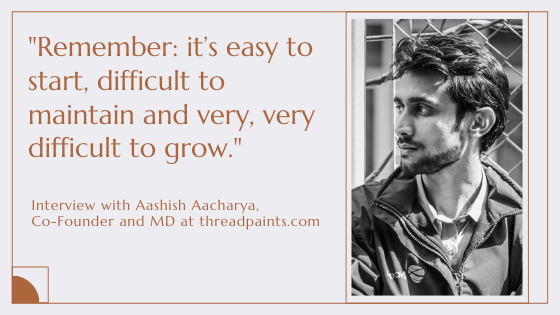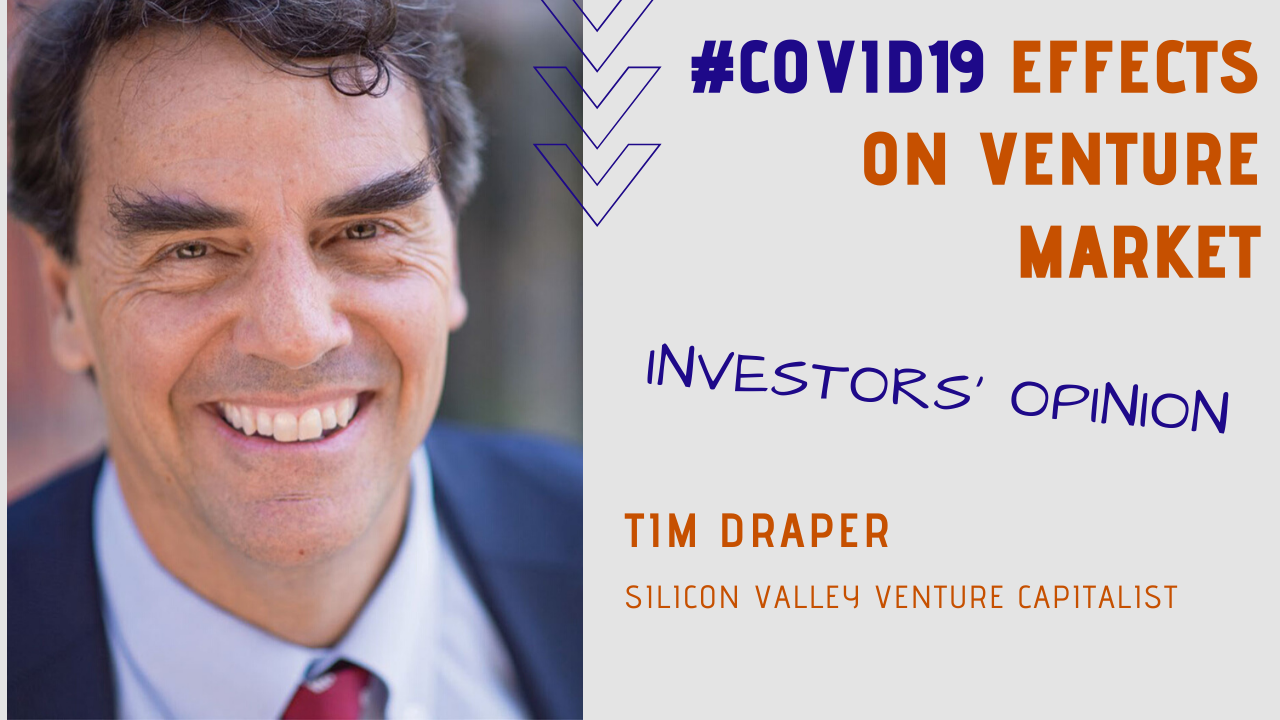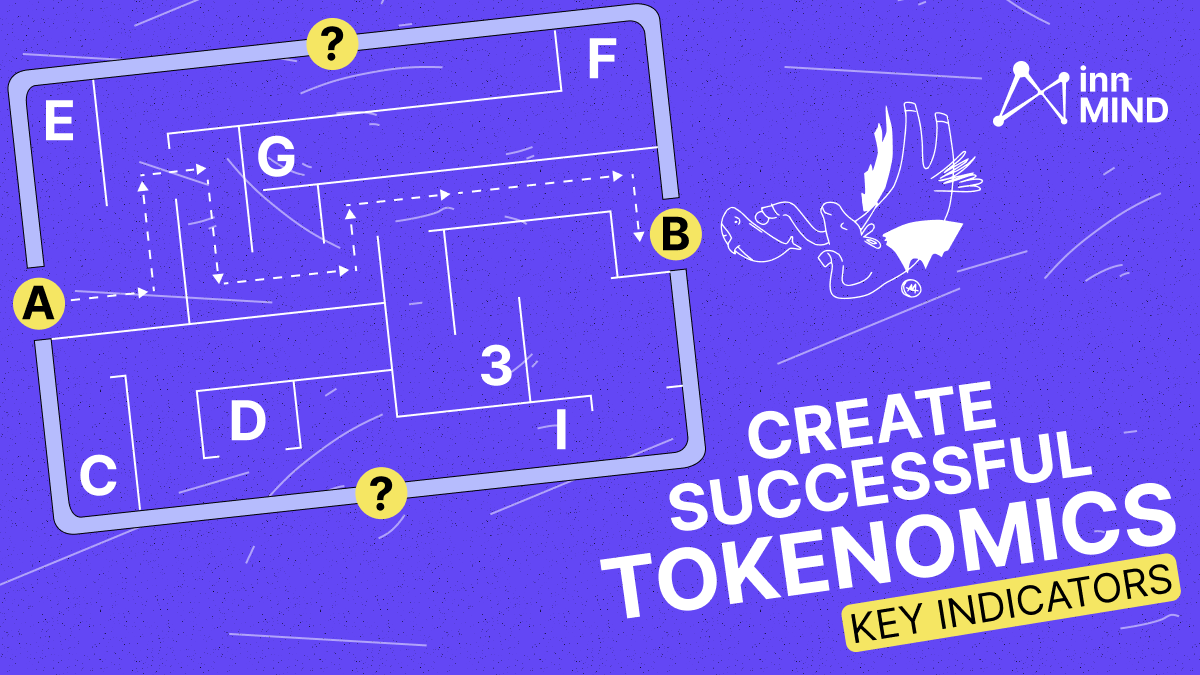"Remember: it’s easy to start, difficult to maintain and very, very difficult to grow."
Aashish Aacharya is Co-Founder and MD at threadpaints.com. Software engineer by profession, Mr. Aacharya shares valuable insights into startup ecosystem of Nepal and his experience with the startup.


The interview is divided into 3 segments: Sharing Experience, Nepalese Startup Ecosystem, and Tips for students
Sharing experience:
ISHAN: How did you come up with the idea of threadpaints?
Aashish: “In college, we were involved in designing and printing T-shirts for the events. So, what we thought was, why not make money by continuing doing what we were doing. We started by making customized Nepali T-shirt design. This is how threadpaints came in our lives”
ISHAN: Threadpaints also brought Startup weekend Award into your life. Any story behind it?
Aashish: “When we started to design and manufacture T-shirts, we were looking for exposure – and we heard of Startup weekend.”
“We thought why not participating in the program. In those 52 hours, we developed our business type, validated the business model - which was very easy for us because we already knew what we had been doing for 6 months. A good bit of rehearsal, practice, a good team and pitching allowed us to win the award.”
ISHAN: Do you think the good team can be developed from good work environment? Please share with us work environment at the threadpaints office.
Aashish: “Of course! The work environment can contribute to developing a good team. We have a total team of 14 employees. Basically, we exercise a very flat hierarchy here. We have around 5 rooms - the biggest one being the hall. There is a big table in the hall and everyone sits around. That is where the entire discussion or the ideas take place. If someone wants to exercise their mind in privacy, they can find a room for themselves. That is how we work.”
ISHAN: Along with work environment, what other factors would help to keep employees motivated?
Aashish: “ Make your employees understand what the bigger picture is. In my college time, I tried some part-time jobs. I knew, I was giving 100% from my part, but a lot of time, I couldn’t understand what the hell was going on. I had no idea how was I supposed to add value to the company. ”
“If everything is like an open book where anyone can ask for access to any information, employees feel like in the family. This is how I think employees can add value in terms of the bigger picture and overall process ”
ISHAN: What are threadpaints long-term plans?
Aashish: “Threadpaints wants to be a number one fashion destination and online shopping portal for the Nepali commercial consumer market. We want to be that portal where people get to know the sense of fashion - trends in the market.”
ISHAN: What is the factor that separates threadpaints from other similar portals in Nepal?
Aashish: “What makes us different is the focus.”
“We do a lot of testing before placing the product; from the product quality to the price range, every aspect is made scientific. Our suppliers are always very credible; they are not short-time flash. We make sure that we do not just list any product, but those ones that have an impact on the consumers .We still do the entire manufacturing of the T-shirts: from the quality control, design to the fabrication. This dedication is what I believe has given us the edge among the competitors. This is also what keeps us going.”

ISHAN: We all know that the biggest challenge for the first years of startup launch is just to survive. How did you manage to do it during the very first months of your company existence?
Aashish: “Well, for a very long time we tried to control the expenses. We had months in which we did not take any salary. For us, there were a lot of challenging moments. During the first year, our company went completely bankrupt; we had to take a certain amount of soft loan from our friends just to let the company survive.”
ISHAN: What are the most serious mistakes you’ve made while managing a startup?
Aashish: “The story is very, very interesting – it was an eye-opener for us. When we started this company, we had no job experiences, no knowledge about fabrics, clothes and apparels, and no knowledge about managing a team; basically we started at 0. Except the knowledge on writing software codes, we knew nothing.”
“Initially we were making profits of Nrs.3’000, 5’000, or 10’000. The number continued increasing and with that increase in number, our lust for the same took unprecedented height.”
“Back in 2013, there was news about a concert of a famous rock band of the 90s ‘The Deep Purple Band’ in Nepal. This is exactly where we lost our track. We were at that time selling around 40-50 T-shirts per month. With Deep Purple concert happening in Nepal, we expected the big break we were seeking for. Apparently, before Deep Purple there was MLTR rocking crowd of 12’000 people, Bran Adams rocking a crowd of 16’000 people.
We extrapolated with our engineering mind, did some math and came to the conclusion that there are going to be a minimum of 10’000 people at the concert. We envisioned: So, what if we were able to catch 5% of this crowd and sell them our T-shirts? That would be 500 sales! Not a big number though, but it was 10 times more than the sales we were doing.”
“So, to make our goals achievable, we bought the tickets from the organizing committee in advance. Then, we started combining those tickets with T-shirts and sell them at 800 rupees with 0 profit level margin in the ticket. People liked the idea and we started to make a lot of sales. We went even aggressive. We made 500 T-shirts.”
“The twist in the story was that the members of the organizing committee fled abroad. The concert didn’t happen in the end. More than the organizing committee, we felt the need to return to the customers what was actually theirs. In that process, we emptied what we all had. To bear the entire loss and refund it, we had to manage 80,000 in cash. At that time, company’s monthly revenue was around 5,000-10,000 and we needed 8-10 times bigger amount. That was a crucial learning point.”
ISHAN: Now that the company has come to this point, imagine: if you could turn the time back and start from the very beginning – what would you change in your development strategy?
Aashish: “Probably, I would start a bit sooner. I was in my 7th semester when I started this. I would want to start in 5th semester. As far as events are concerned, I would let them be that way. Probably, I would be less ambitious in that Deep Purple part. I would speed up my connections with clients. This happened at the very early stage of our establishment, and if that is to happen all over again then probably I would shoot myself. Because this is the only option I have. Back in my college I was a student first, son second and then the owner of a startup company. Early stage shock gave us a lifetime of knowledge and took very little from us. So, I won’t change anything about it.”
ISHAN: Any entrepreneur whom you look up to?
Aashish: “Manoj Ghimire. He was there when our company was in the very big crisis of Deep Purple. He has been our teacher for final 2 semesters. He has been a very successful entrepreneur; he has started and led Immune Nepal which operated under logpoint (logpoint is the highest paying and quickest career prospect for computer engineers in Nepal). His current startup nlocate is also getting popular. His experience in the field is so immeasurable that even today I look up to him for his suggestions. He has been my mentor all along.”
External factors:
ISHAN: Is it easy to start a business in Nepal? How can we make Nepal more entrepreneur-friendly?
Aashish: “It’s very easy to start a business in Nepal. Easier than anything. What is difficult is to continue what you do.”
“There should be support in terms of policies and legal system. What we need is a huge bunch of mentors and couple of good exposures for those companies that are doing really well .We can still learn a lot from what Modi did in India leveraging taxes on startups and then giving them a lot of allowances. Societies should be made startups-friendly. So, these are the things we would love to see happen in Nepal.”
Ishan: You talked about societies. How does the society perceive you as a startup? How do you think societies can be made comfortable for startups?
Aashish: “The reaction of the society is mixed. It varies from person to person.”
“People, especially parents, need to understand. For us it was very difficult to persuade the parents to let us do what we are doing. Unless they come across the news that few guys started the company when they were at college and now they have very good life, huge respect and very good company, they are not going to be convinced.”
Where and how to find mentors in Nepal to ask advice?
Aashish: “These mentors are not going to have a big tag “mentors” written on their chest. You have to find them on your own. In fact, knowledge is all around us. It’s all about how we perceive it. ”
“Threadpaint’s chief marketing officer is major in microbiology. She had joined Threadpaints 9 months ago. In her tenure, our brand image has skyrocketed. . It is not that she took some course. She is open-minded to the idea so much that she can find knowledge in small things. I am not telling having mentors and incubation centers won’t help but I am stressing on the fact that without them you won’t fail either.”
Ishan: Any hottest entrepreneurship industries to be in?
Aashish: “I think the e-commerce is booming. As the e-commerce grows up, there has been huge prospect in logistics and delivery. Currently, the web has modified the entire ecosystem such that people have started visualizing everything in terms of e-commerce.”
Tips for students and startups
Ishan: What are the things one should keep in mind while opening a start-up?
Aashish:
1) “Enjoy doing what you are doing. Get paid. Even the startup owner has a girlfriend and he needs to go on a date. I am not telling to expect a high return. But what you can do is make your company so operational that in that process, it can cover the monthly cost.”
“Even if you don’t get paid, there should be that feeling that you are doing something big. This will help you when your pockets are empty. This feeling works and makes you do what you are doing.”
2) “Don’t get lost in a dream. Be realistic. Most of the time people go ahead, set up a small company, get the name, probably while having a shower, and then they don’t understand what to do next. It’s very difficult for you to convince yourself to keep doing what you are doing, let alone growing the company. Remember, it’s easy to start, difficult to maintain and very, very difficult to grow.”
Ishan: Any words for startups in their early stage?
Aashish: “No one can guarantee you on whether you are going to survive or not. What you have to do is, if you hit a block and fall down, you will have to probably take a couple of steps back and then find the next way. Now it’s only up to you, how you should find that opportunity to get up, then shake it off your shoulder and get back to what you are doing. As long as you are able to do that, probably you are on the safer side.”
Ishan: Any advice to students who would take entrepreneurial path?
Aashish: “Students must know: Entrepreneur is not a fashion thing. So, before you jump into the boat, you really need to think. Entrepreneurship is not only about starting your own company or having your company’s bank account where only your signature works. It is also not about going to those fancy hotels and getting into the high-end bars and discos. Entrepreneurship is something that comes from within that makes you give 100%.”
“It does not have to be your own company. The first thing you need to decide is where you want to be. Irrespective of owning a company, just find your area of interest; look if there are sufficient opportunities outside. If there are, why not walk on someone else’s road. It is because even in that road how good you perform determines how top you rise. If that type of opportunity is not available, then probably you can start up something on your own.”
“Remember, it’s not about going to field that’s booming. It’s about seeing the bigger picture.”
Ishan: What if a student comes from non-tech background and wants to do good in the time where everything is tech-oriented?
Aashish: “This is where most of the people get it wrong. It’s not about the technology.”
“I have this mobile phone which my father never got to use. Today, if I give him this mobile, he will at least know how to make calls and play games. Technology is not something that you should be dedicatedly taught of, if you are not interested.”
“Technology is something that you can learn or something that can be bought. If you read the story of JACK MA, he didn’t know about how to develop the technology but he knew how to go along with someone who did; that is what being an owner is about. Either you buy it, learn it or collaborate it.”
Read also:








